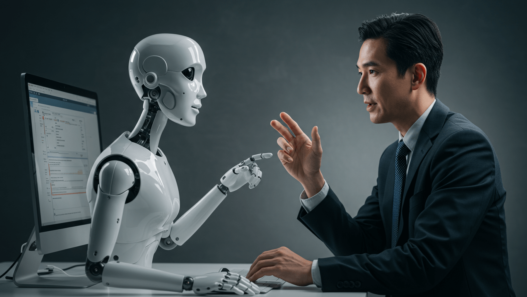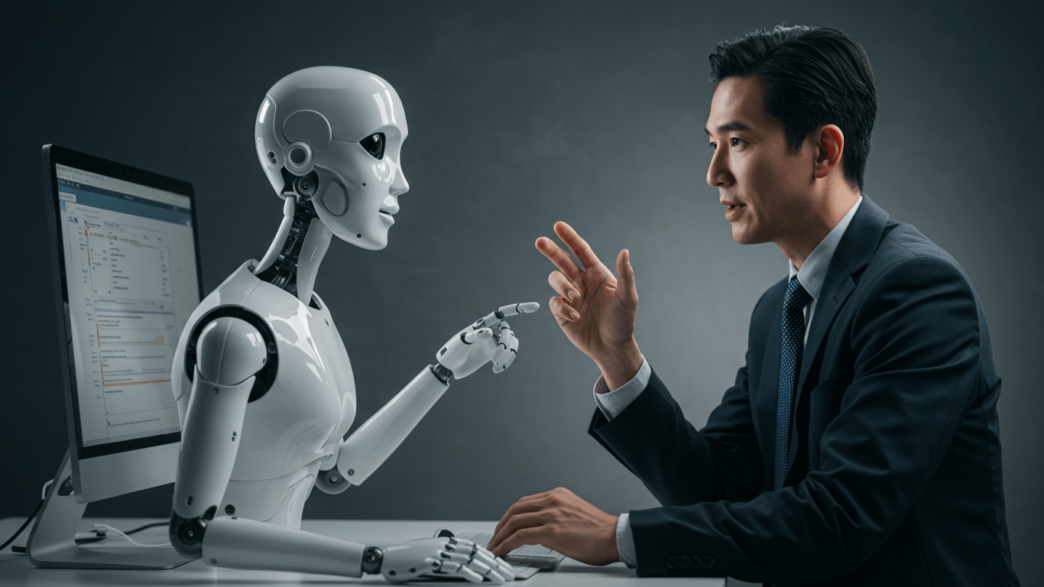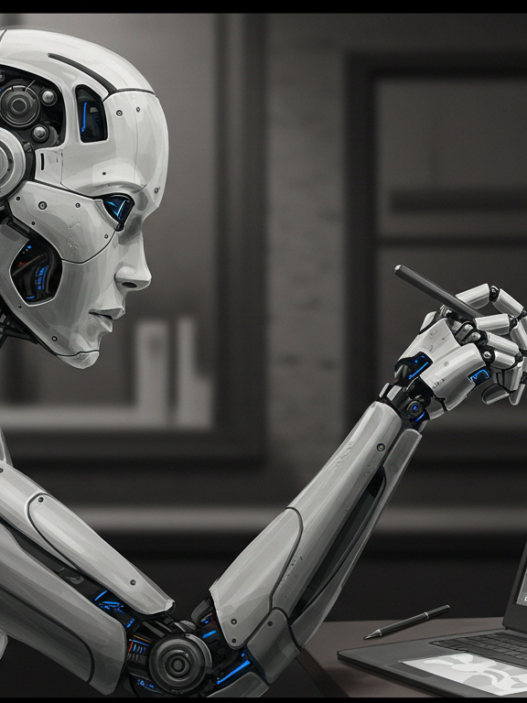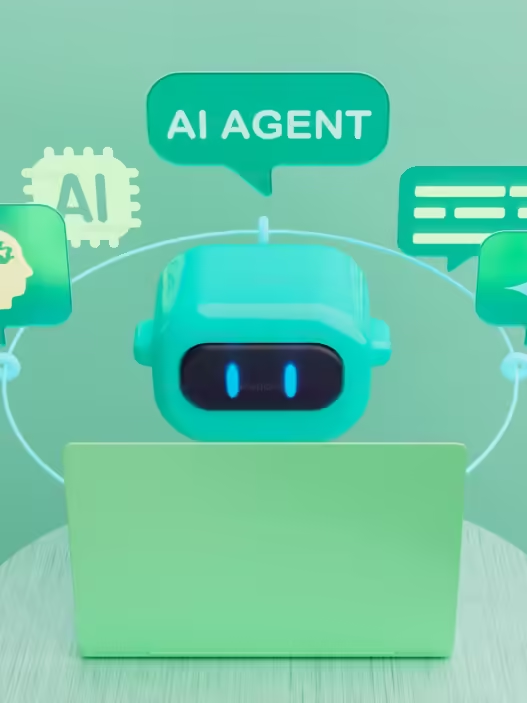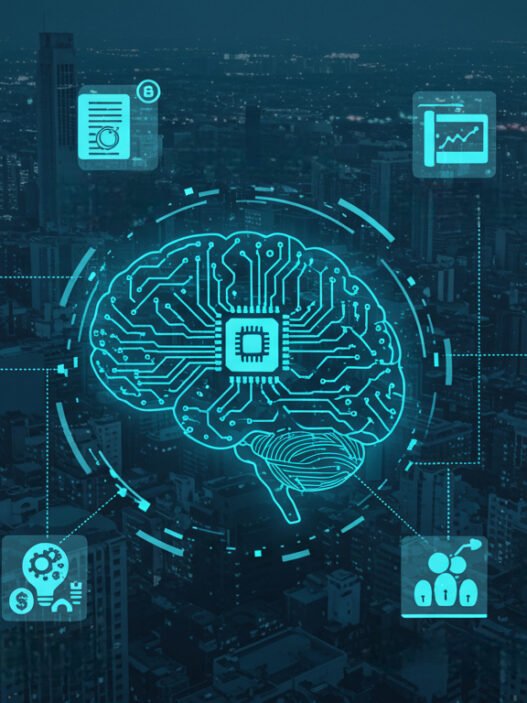TLDR:AI digital avatars are transforming customer service by providing 24/7 support, personalized interactions, and multilingual capabilities. Key steps in their development include determining use cases, creating lifelike avatars, integrating advanced speech technologies, and deploying them in cloud environments. Examples like SoftServe’s Digital Concierge and FINNA highlight their effectiveness.
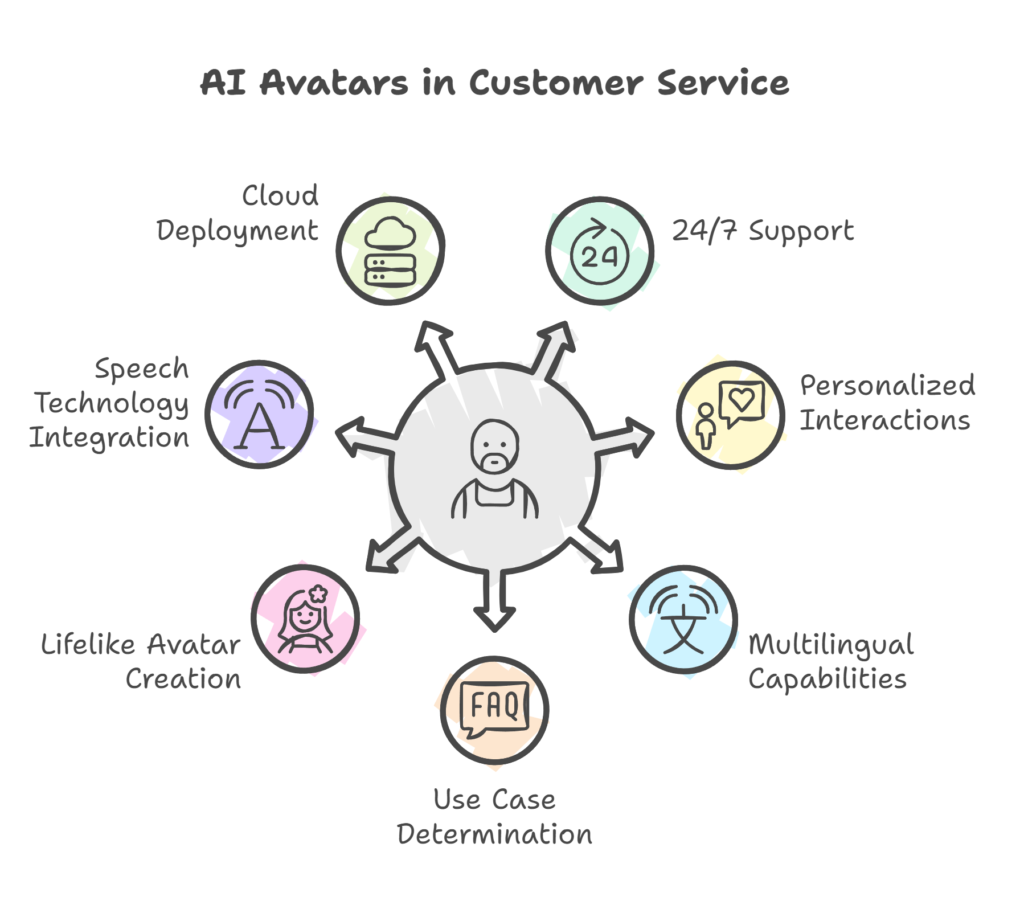
The projected growth of AI avatars in large organizations by 2028 underscores the increasing reliance on digital solutions to enhance customer service and operational efficiency. Here’s a summary of the key aspects surrounding the use of AI digital avatars, their design and deployment, notable examples, and the benefits they provide to customers.
Overview of AI Digital Avatars
Definition: Digital avatars, or digital humans, are AI-powered agents designed to improve customer service and streamline business operations. They utilize advanced AI technologies to interact with users in a natural and intuitive manner.
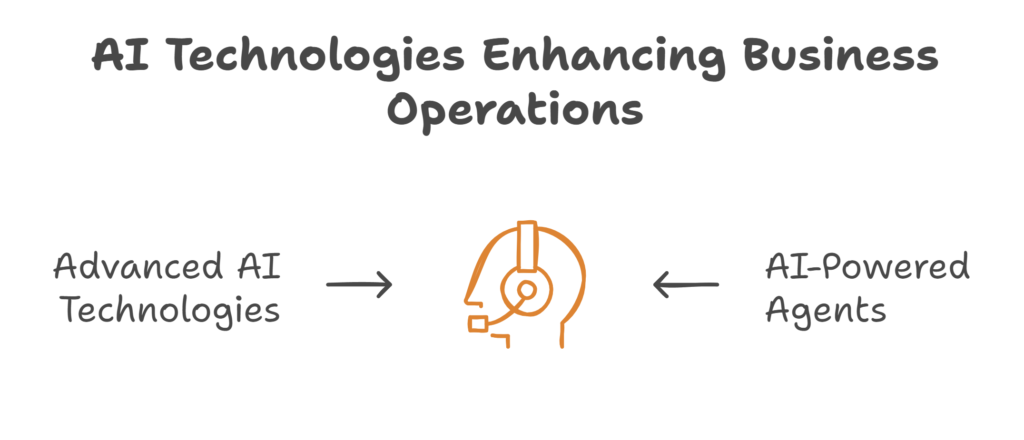
Key Steps in Designing AI Avatars
- Determine the Use Case: Decide between 2D or 3D avatars based on interaction needs and desired realism.
- Develop the Avatar:
- For 3D avatars: Use specialized software to create realistic movements and photorealistic appearances.
- For 2D avatars: Opt for quicker development suitable for web applications.
- Integrate Speech Technologies: Implement tools like NVIDIA Riva for high-quality automatic speech recognition and text-to-speech capabilities.
- Choose Rendering Options: Use NVIDIA Omniverse RTX Renderer for rendering 3D avatars effectively.
- Deploy: Utilize cloud-native solutions for scalability and real-time interactions, especially for web or mobile platforms.
NVIDIA AI Blueprint for Digital Humans
The NVIDIA AI Blueprint provides a framework for rapidly creating and deploying digital humans. Key features include:
- Support for both simple chatbots and complex animated interfaces.
- Recent updates enabling dynamic switching between RAG models and integration of an Audio2Face-2D microservice for efficient 2D digital human creation.
- User attention detection capabilities for initiating interactions based on user presence.
Examples of AI Digital Avatars
- SoftServe’s Digital Concierge and GEN: AI-driven customer service agents that provide personalized and engaging interactions.
- FINNA: An AI financial advisor that simplifies financial concepts and offers tailored advice based on user profiles.

- AISHA: Developed for the UAE Ministry of Justice, this digital human enhances judicial processes and provides efficient access to legal information.

Benefits of Digital Avatars for Customers
- 24/7 Availability: Ensures customer support is always accessible, transcending time zones and traditional business hours.
- Personalized Experiences: Tailor interactions based on individual customer data, enhancing satisfaction.
- Multilingual Support: Breaks down language barriers, allowing diverse customers to receive assistance in their preferred languages.
- Consistent Service Quality: Delivers uniform responses and service quality, minimizing variability found in human agents.
- Engaging Interactions: Simulates human-like conversation through advanced speech technologies, making customer interactions more enjoyable.
Conclusion
The integration of AI digital avatars in large organizations is set to revolutionize customer service and operational processes by providing efficient, scalable, and personalized solutions. As technology advances, the capabilities of these digital humans are expected to become even more sophisticated, further enhancing their effectiveness in various domains.
Sources: Nvidia Blog, Soft Serves, Gartner Document, Nvidia Riva, Nvidia Omniverse









